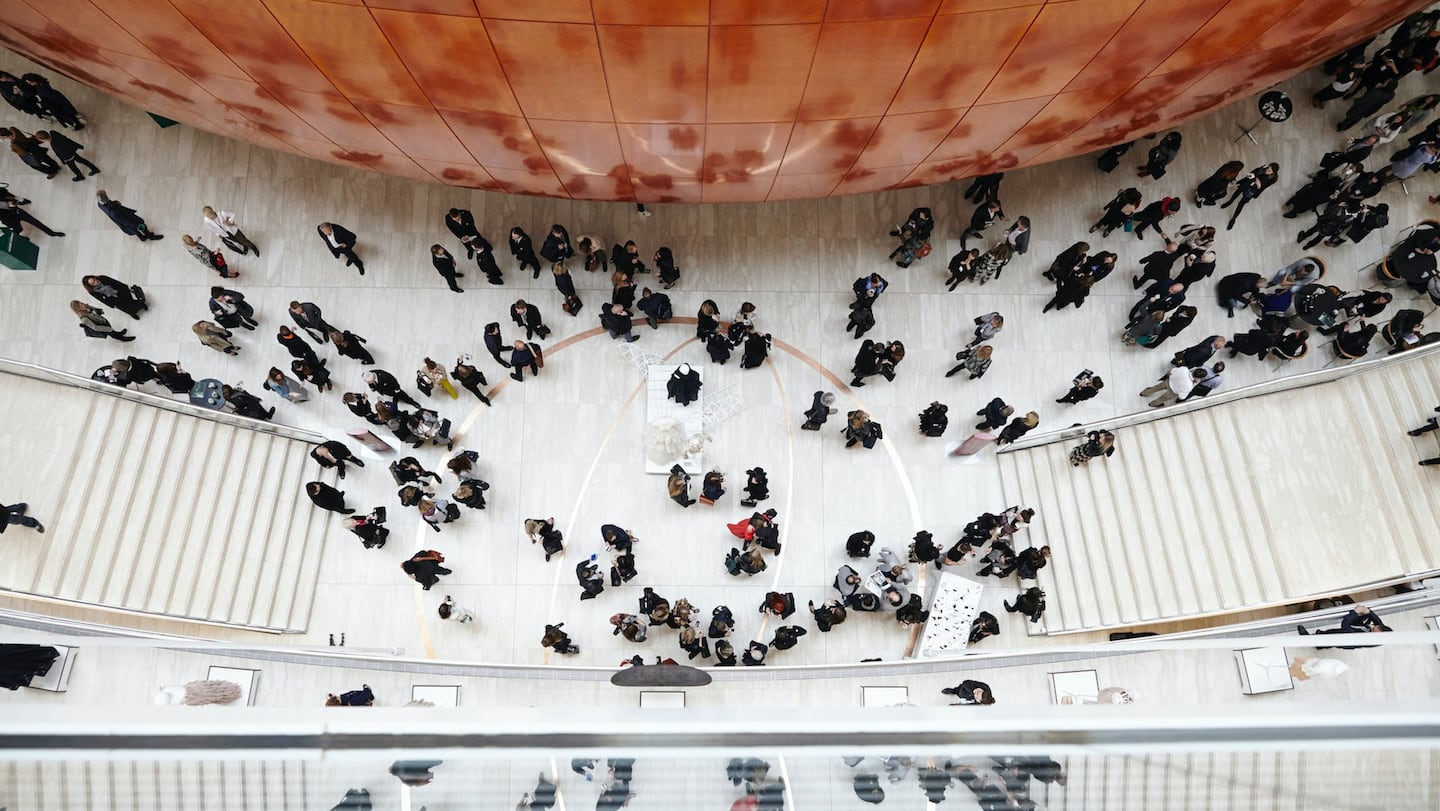
The Business of Fashion
Agenda-setting intelligence, analysis and advice for the global fashion community.

Agenda-setting intelligence, analysis and advice for the global fashion community.

COPENHAGEN, Denmark — Teetering on the brink of potentially fatal climate change, our world desperately needs innovators to lead the charge towards solving global environmental, social and ethical challenges. With its huge scale and brilliant creativity, the fashion industry has the potential to be one such innovator.
To outsiders, fashion is not known for championing political, environmental or social causes. However, as one of the world’s most powerful industries — and a communication platform with the power to influence how consumers think and act — the fashion industry has a responsibility to create real and sustainable change.
There are three key areas the could drive this change: design, consumption and networking.
Let’s start with the designers. Up to 80 percent of a garment’s environmental impact is defined by choices made in the design process. Designers should make conscious choices to use more sustainable materials — from hemp fibre to recycled polyester — and consider whether a garment is effectively designed for reuse and recycling.
ADVERTISEMENT
At the other end of the value chain, consumers can play a pivotal role in transitioning the fashion industry towards more sustainable business models. Here, brands and retailers need to guide consumers on how to make sustainable choices and creative incentives for them to do so. The most powerful way to do this is by creating sustainable fashion that is fun and does not compromise on design or aesthetics — fashion that consumers will genuinely want to buy.
Finally, networking is an essential part of the transition to a more sustainable future. Early adopters, innovators and sceptics must all sit side by side to share experiences and begin the search for new solutions to create amazing fashion that has less impact on people and our planet.
The industry needs events like the Copenhagen Fashion Summit, which, since it launched in 2009, has become the world’s largest event on sustainability in fashion, with more than 1,000 participants. Here, leading international industry players can share best practice with their peers and feed off one another as inspiration to create the business models required to tackle the urgent sustainability challenges facing our planet.
A fundamental redesign of the fashion industry is possible. And it is necessary, for people to enjoy fashion and for businesses to profit without such negative environmental impact. To achieve this, the current model, which is based on rapid responses to customer demand, just-in-time manufacturing supply chains and a continuous flow of new items, needs to be redesigned to incorporate closed-loop thinking.
Already, a multi-dimensional and sometimes frustrating transition is underway. Is it happening fast enough? Perhaps not, but how do you turn around a supertanker such as this trillion-dollar industry?
The answer is slowly. Activists and so-called ‘eco-warriors’ are doing necessary work that deserves respect but their activism is a niche that speaks to a minority, rather than the established fashion industry and its mainstream consumers. Changes have to be made step by step and done on the industry’s own terms, or key mainstream players will be scared away.
Remaking the system is a big challenge, but designers, entrepreneurs and brands must rise to it and find ways to thrive in a redesigned fashion industry. When the industry begins to combine forces, share resources and raise awareness amongst its consumers, then a socially responsible and environmentally friendly fashion industry becomes a real possibility.
Jonas Eder-Hansen is the development director of the Danish Fashion Institute.
ADVERTISEMENT
The views expressed in Op-Ed pieces are those of the author and do not necessarily reflect the views of The Business of Fashion.
Join the discussion on BoF Voices, a new platform where the global fashion community can come together to express and exchange ideas and opinions on the most important topics facing fashion today.
Europe’s Parliament has signed off rules that will make brands more accountable for what happens in their supply chains, ban products made with forced labour and set new environmental standards for the design and disposal of products.
Fashion’s biggest sustainable cotton certifier said it found no evidence of non-compliance at farms covered by its standard, but acknowledged weaknesses in its monitoring approach.
As they move to protect their intellectual property, big brands are coming into conflict with a growing class of up-and-coming designers working with refashioned designer gear.
The industry needs to ditch its reliance on fossil-fuel-based materials like polyester in order to meet climate targets, according to a new report from Textile Exchange.